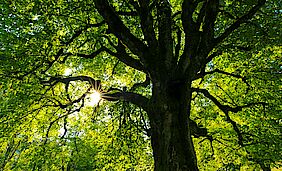News & Academies' activities
To protect the climate, we need trees to grow not to burn
EASAC work makes it abundantly clear that proper carbon accounting is critical to assessing the real effects on climate of harvesting biomass for wood use in general and particularly for energy production. Importantly, the scientific analyses show to what extent the real effects on climate differ from those claimed by supporters of current bioenergy policies that universally label bioenergy as ‘renewable’ and equate it with solar, wind and other renewable energies.
EASAC has thus sent a letter to both organisations to caution them on the widespread misuses of accounting for carbon emissions in using forest biomass for energy. The labeling of woody bioenergy as ‘renewable’ is based on the assumption that the carbon in the biomass and its associated emissions when burned can be treated as zero, on the grounds that forest will regrow and re-absorb the carbon in the biomass harvested. Yet, as EASAC has repeatedly pointed out, this concept of carbon neutrality ignores the time lag between emissions and reabsorption of the original carbon which multiple studies show can be very long- from decades to centuries. The letter also challenges the argument that harvesting woody biomass from forests can be regarded as carbon neutral if carbon stock is increasing elsewhere.
“We are too close to exceeding 1.5° C temperature rise already to think in terms of regrowth over several decades”, explains EASAC’s Environment Director, Professor Michael Norton. “It’s the next few years that are decisive.”
back to overview
































